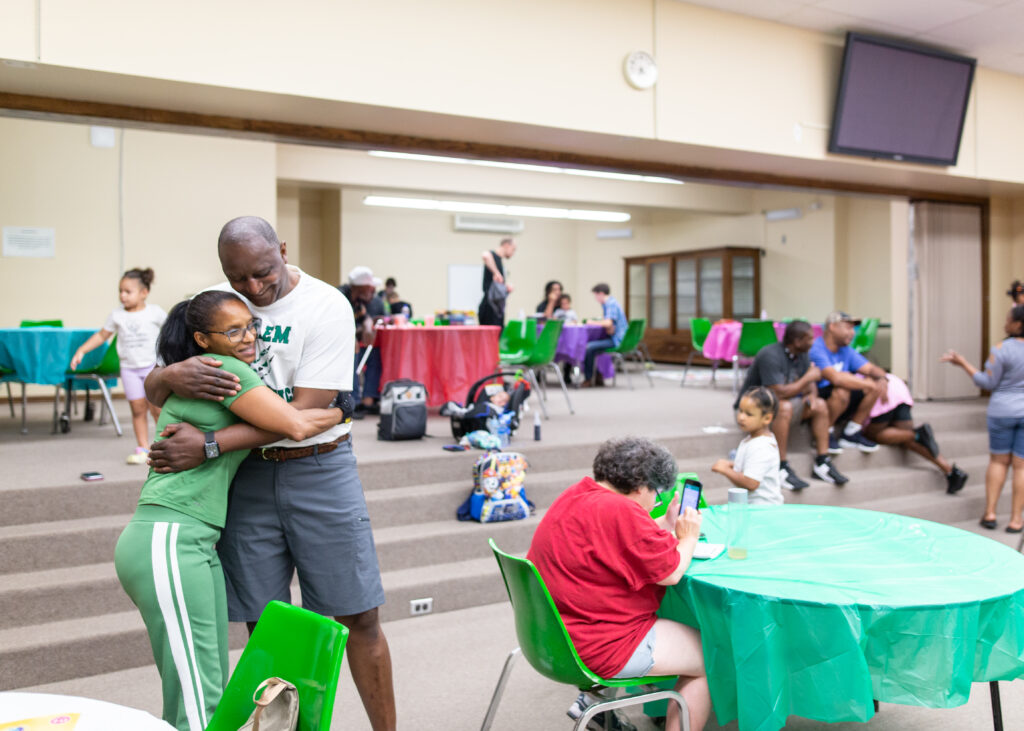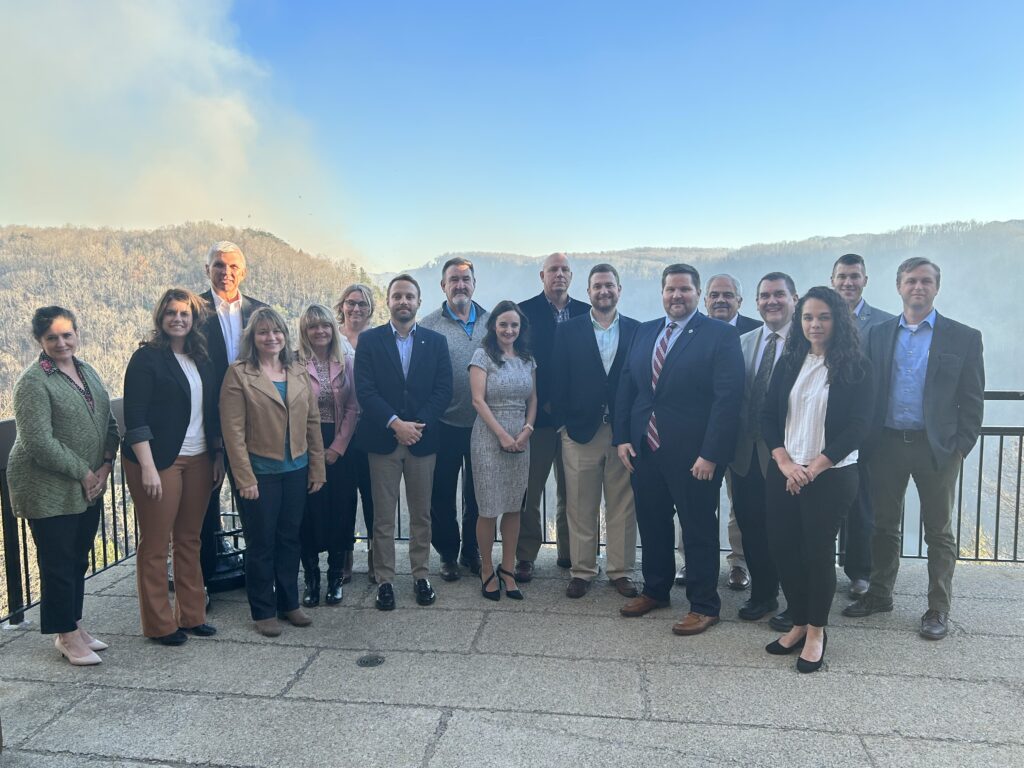“I want others to feel invested in our community.”
Is your community making things happen? Do you know that change is on the horizon? Maybe you already have a small group of neighbors who are helping you, or maybe you’re realizing that your efforts can no longer be a one-person show.
Before you get too far in your community-building journey, you need to take initiative to engage others and build your team. If you haven’t started working with others yet, you may want to refer back to Lesson 1.3: Getting Started With Others to learn how to get started. At this point in your work, you most likely have a few people that you are working with and want to include others in your community and make sure that everyone is engaged in the work.
You may have the inclination to involve anyone and everyone, and we absolutely encourage building out plans in which as many people from your community as possible can be a part of the work with you. Typically, we find that people want to be engaged at different levels. Some people have a lot of time and passion to give toward shared efforts, and others believe in what is happening, but are only able to contribute on a limited basis–whether it is by sharing thoughts and ideas or volunteering for an afternoon to help move a project forward.
When we begin working with new communities in a coaching program at The Hub, we encourage the community team to build out core teams and task teams; this is an effective way to engage people in what interests them.
CORE TEAMS
Your core team should be made up of three to eight people who represent different interests and activities in the community. This team will guide the overall efforts and direction of your group or organization.
Your core team should be engaged in all aspects of your group’s work. The core team should plan to meet at least once a month to discuss the activities and events you are working on and to talk about new opportunities that you want to take part in. Core teams can be formalized groups or organizations, or they can continue to operate informally; we have seen lots of success in both approaches. Create Buckhannon is a group that formally organized into a 501(c)(3) with elected officers and leadership. Many other groups have found success in simply selecting a group name and a regular meeting time. Mercer Street Grass Roots District, and Hinton Full Steam Ahead are great examples of this model. The main difference between formal and informal groups is that informal groups must find separate nonprofit organizations to serve as their fiscal sponsors.
TASK TEAMS
Task teams will support your core team. Task teams could be specifically focused on (but are not limited to) areas of interest, such as arts, beautification, events, recreation, or small business. Your group’s task teams will vary depending on your community’s goals and objectives. Task teams typically meet less frequently than the core team and only meet about their specific work, meaning they are a great way to get people involved when they have less time to contribute. This means you can community members where they are who may not be able to commit to a weekly or monthly meeting. Task teams typically work best when a member of the core team is involved in each task team to keep the core team in the loop and provide support when needed.
**Often, if a community group applies for grant funding, that funding must be awarded directly to a nonprofit. Often, churches that are heavily involved in the community will step up to be fiscal sponsors. If you’re having trouble with finding a fiscal sponsoe for your community group, The Hub would be happy to answer any questions during a Kickstart Communities Virtual Happy Hour. You can stay up to date with our free events and register here.
BUILDING YOUR TEAMS
As you bring people together and start forming teams, you will learn the natural stages of team development and formation, including some strife and conflict. There are four stages to team development: forming, storming, norming, and performing.
Forming: In this stage, people in your community will come together and identify their vision, mission, and objectives as a team. You may even seek outside guidance or direction at this point.
Storming: At this point, your team will define the clarity of its purpose. Natural leadership roles will emerge. There may be emotion and conflict at this stage as your team works out its kinks.
Norming: This is where things start to come together. Emotions dissipate and members are engaged and supportive as the team develops cohesion.
Performing: Now, you are accomplishing your goals. You can produce as a team and keep things moving when issues occur. Your team can balance tasks effectively.
Keep in mind that the stages of team development are cyclical. Your team will move forward and backward throughout its work. As people join and leave, your team will go through the stages again–though, they are typically brief and less pronounced stages. Have fun and keep looking for ways to involve others in your work!



